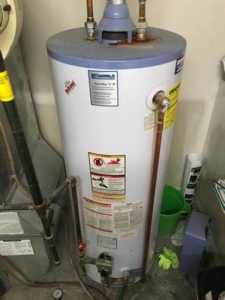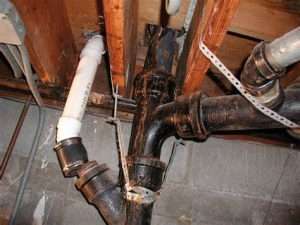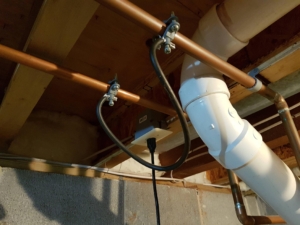Dishwasher High Loop Keeps Your Water Safe
A dishwasher high loop is one of the most frequent defects found during a home inspection. Have you seen pictures like the one below in your home inspection report before with a similar comment?
A dishwasher high loop is a common defect that can be easily fixed in most cases.

What is a dishwasher high loop?
The high loop is when the dishwasher drain is elevated before its connection to the drain for the kitchen sink. The drain hose for the dishwasher is secured near the bottom of the sink’s cabinet. There are different ways that the drain hose can be secured. Some may just use a zip. Either way, the purpose is to have the loop high so that it reduces the chances of backflow. The best practice is that the discharge end of the drain hose is attached to the vertical sink drain pipe right before the P-trap but not on the P-Trap. It is not recommended that the drain hose be terminated at any garbage disposal.
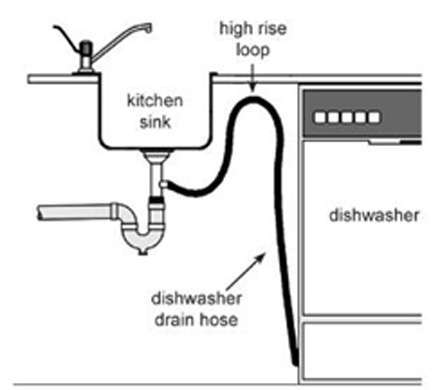
What is the purpose of a high loop?
The dishwasher high loop prevents wastewater back-flowing from your sink to your dishwasher. When the drain hose is not elevated, there is a chance that water can flow the incorrect way through your drain hose and cause standing water at the bottom of your dishwasher. The high loop also protects mild cases of back siphoning due to increasing the hydrostatic pressure that the water needs to overcome the get over the loop.
Which is better a high loop or air gap for a dishwasher?
To prevent all back siphoning in a drain line then installing an air gap is necessary. Some municipalities require air gaps. The air stops any negative pressure from causing back siphoning into the dishwasher. The drain hose connects underneath the sink and the air gap sits on the countertop near the sink.
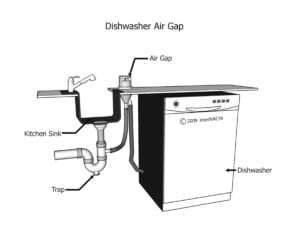
Here is a video of a dishwasher high loop installation.
If you have additional questions and want to get in contact with GGR Home Inspections please send us a note, text, or call.


